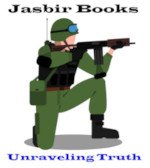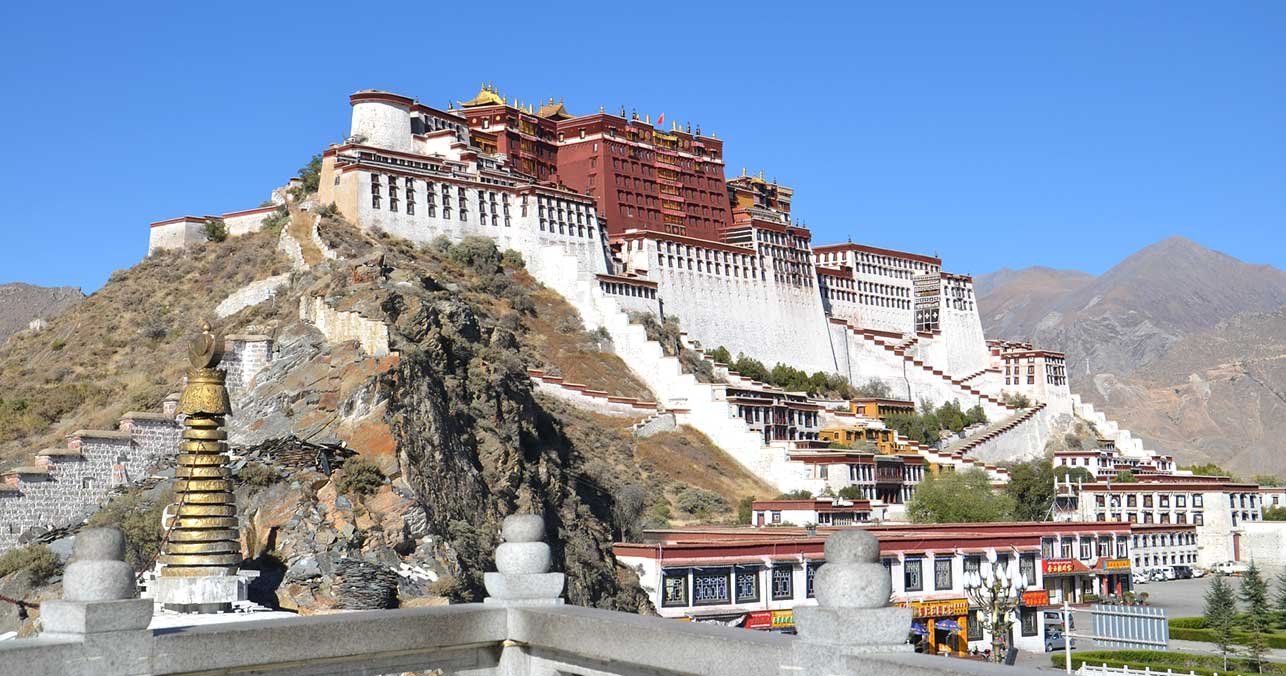Unraveling Truth
Brig Jasbir S Nagra

After graduating from NDA and IMA, Brigadier Professor Jasbir Singh Nagra was commissioned into the Regiment of Artillery in 1959. During his over 33 years of service in the Indian Army, he held various command, staff and faculty positions. In 1972, he graduated with honours from Frunze Military Academy, Moscow (erstwhile the USSR). Besides, he holds the degrees of MSc (Defence Studies) and MBA (Gold Medalist).
He participated in the India-China War of 1962 and the India-Pakistan War of 1965. After being transferred to 18 Sikh in 1974, he served with the Battalion in Nagaland for over two years and, later, commanded it. For over three years, he served as a diplomat in Moscow and later commanded an infantry and mountain brigade. Besides, he served as a BGS (Ops) of a Command, as Head of Logistics in the War College, and as Officiating Head of the Strategy and Operational Art Department in the Army Training Command. He has the distinction of serving as a faculty in War College, Defence Services Staff College and School of Artillery.
After retirement, he served as a Managing Director of a joint sector company for six years and then as Director Principal of a Management Institute for eight years. He has authored two books on Tibet to educate the Indian masses about the reality of Tibet. Already available to you in the book.
Our Gallery
Our immediate traditional neighbour in the north has been Tibet. Unfortunately, upon gaining independence we allowed China to forcibly and illegally occupy her due to the naivety of our political leadership. In our gallery, we have captured the grandeur of Tibet’s culture and heritage for the benefit of our readers.
The loss of Tibet became a scourge for India’s national security. Out of the three wars fought by India, the performance in the India-China War of 1962 was most dismal.
My Published Books
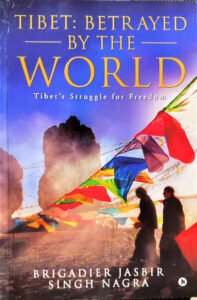
Tibet Betrayed by the World
- The Red Army of China, while it was still engaged in dealing with Nationalist forces in the autumn of 1949, started concentrating its forces on the border of Kham. In October 1950it invaded Tibet with 18 Red Army Corps (around 40,000 highly equipped and experienced soldiers) and forcibly occupied Lhasa defeating a ragtag army of Tibet of around 5000-8000 militia.
- India’s betrayal in refusing to stand by Tibet in her difficult time and refusal to accord asylum to 16 years Fourteenth Dalai Lam, especially so when India was still availing benefits of the Lhasa Treaty signed by the British, was not only unethical but also a major strategic blunder.
- The UK after exploiting Tibet for both political and economic gains, washed its hand off of all its obligations after leaving India and showed total indifference to help her.
- The book gives full details of the betrayal of Tibet by UNO, India, the UK and the USA.
- Tibet’s story of a singlehanded struggle for freedom against the PRC shall go down in history as an example of human valour, nationalism and faith in one’s religion.

The book answers the following questions:
- Why did India's wars remain militarily inconclusive?
- Were the available resources used imaginatively to maximize their effect?
- Did India have a well-articulated national strategy and corresponding military strategy?
- Were the wars conducted based on a pragmatic military doctrine?
- Why did the Indian armed forces fail to recognize the evolution of operational art as a crucial component of warfare?
- Why did India conduct operational-level wars using tactical principles without fully integrating them?
- Why did Indian military leadership fail to fully exploit the potential of highly trained, battle-experienced, and motivated soldiers, sailors, and airmen?
- Why have historians focused primarily on the tactical-level battles conducted by battalions, regiments, and their supporting elements, while neglecting the outcomes and effectiveness of operational-level formations?
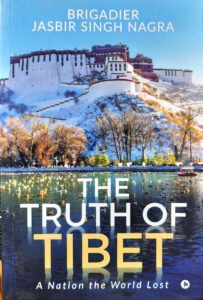
The Truth of Tibet
The history of Tibet is not only mystical but also highly fascinating and eventful. Her geographical location inhibited easy communication, leading to her secure and peaceful existence. What went on inside Tibet was little known to the world. Surprisingly, even Indian historians did not take an interest in exploring her, notwithstanding, centuries of cultural and trade relationship. Whatever little knowledge that world had was the result of a few Western travellers. Some facts that interest readers are –- An ancient civilization known as Zhang Zhung flourished in southwest Tibet (the region of Mt Kailash, Lake Mansarovar and the Yarlung Valley) between 1500 BC - 650 AD.
- From the seventh century to mid-eighteenth century Tibet was the strongest power in Central Asia .
- Historically China never exercised control over Tibet. Her forcible annexation of Tibet in 1951 was illegal.
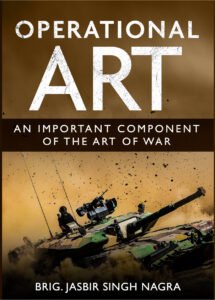
“Progress is impossible without change.”
Despite the catastrophic consequences that war brings, often driven by resistance to change, many military leaders worldwide remain slow to adapt. The prevalent tendency is to prepare for future conflicts based on the lessons of past wars. After the disastrous defeat in World War I, the USSR and Germany—two of the nations that suffered the most—investigated the causes of their defeats. They concluded that modern warfare had undergone revolutionary changes. The gap between tactics and strategy had widened to the point where it was no longer possible to win a war by simply applying traditional tactical principles. A new component of military art emerged, which the Soviets termed "Operational Art," and they established its principles. Both the German "Blitzkrieg" and the Soviet "Theory of Deep Battle/Operation" were based on these principles of operational art. Today, all modern armies recognise the existence of operational art. The book explores the genesis, development, and application of this concept in warfare.